What We Can Learn About Emerging Markets From Mexico City

Mexico City has gained a lot of attention this year, topping the New York Times’ list of destinations to visit in 2016. While this bustling metropolis certainly has a lot to offer its leisure travelers, it’s also a prime example and leader in showing us how, from a business perspective, we can approach Latin America’s emerging markets.
I had the pleasure of visiting Mexico City’s IPADE business school at Universidad Panamericana for a week as part of my MBA program in the spring of 2014. I chose that program over others for several reasons. At the time, I was looking for jobs in Miami, and many job postings required understanding the Latin American market. I felt that by completing the study abroad in Mexico City, I would better understand the needs of Latin American companies and consumers. Plus, I figured this would be the most interesting way to meet the global requirements of my MBA program. By attending lectures given by professors and businesspeople in Mexico, and visiting leading businesses there, I would get a better understanding of the key success factors of doing business in this emerging market. Moreover, earlier in that semester I had the wonderful opportunity to meet and work with students from IPADE Business School (Marilu Silva and Daniel Chisikovsky), and it was fantastic.

I learned so much from them. My experience interacting with them was humbling; at first, there were communication barriers, but with some effort and patience on both sides, I found that we could share meaningful ideas, and I was very grateful to be working with them. My interactions with them inspired me to visit their country and solidify those connections.
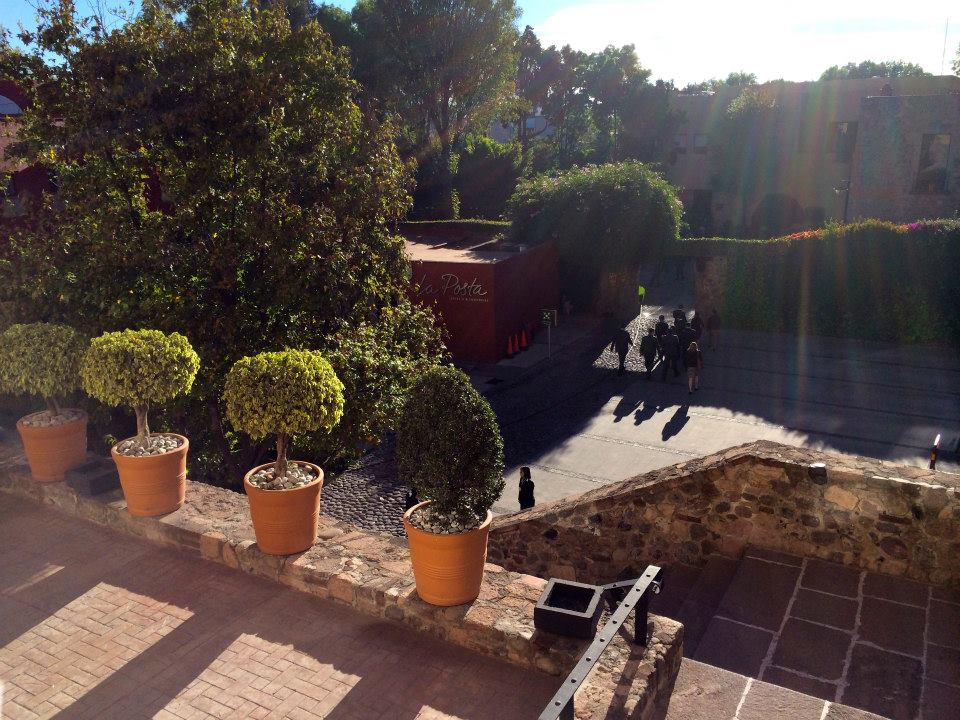
Thus I attended the one-week “Doing Business in Mexico: Emerging Markets” program offered at IPADE. The lessons I learned both inside and outside of the classroom were invaluable and could be applied not only to Mexico and Latin America, but other emerging markets, too. Thus, here are the top five business lessons learned from just one week spent in Mexico City:

1. Generally Mexicans like to mix business with fun.
On the first day of the program, Prof. Ricardo Murcio, corporate director of the full-time MBA program and director of the Business and Family Department at IPADE, said there are four key influences or important factors to Mexicans: family, religion, trust and fun. These also play into how they approach their business relationships and interactions, Murcio, said.
For instance, Mexicans, a Homo Tropicales, are unlike their Homo Mediterreaneus or Homo Nordicus counterparts. In general, the Homo Mediterraneus value the theoretical, the aesthetic, and feel work is something you have to to in order to rest. Leisure is considered the goal of life, and time is not as important to the Homo Mediterraneus, so you don’t necessarily need to have a plan. The Homo Nordicus groups are the opposite: they believe in working hard and working constantly. They value the practical and ethical, Murcio said. Leisure to them is a break taken only in order to work harder, thus time is very important and planning is essential. Then there’s the Homo tropicales, to which Mexicans belong, and they like the best of both: they like to blend work with fun, he said, as he pulled out a bottle of tequila and shared a shot with a student.
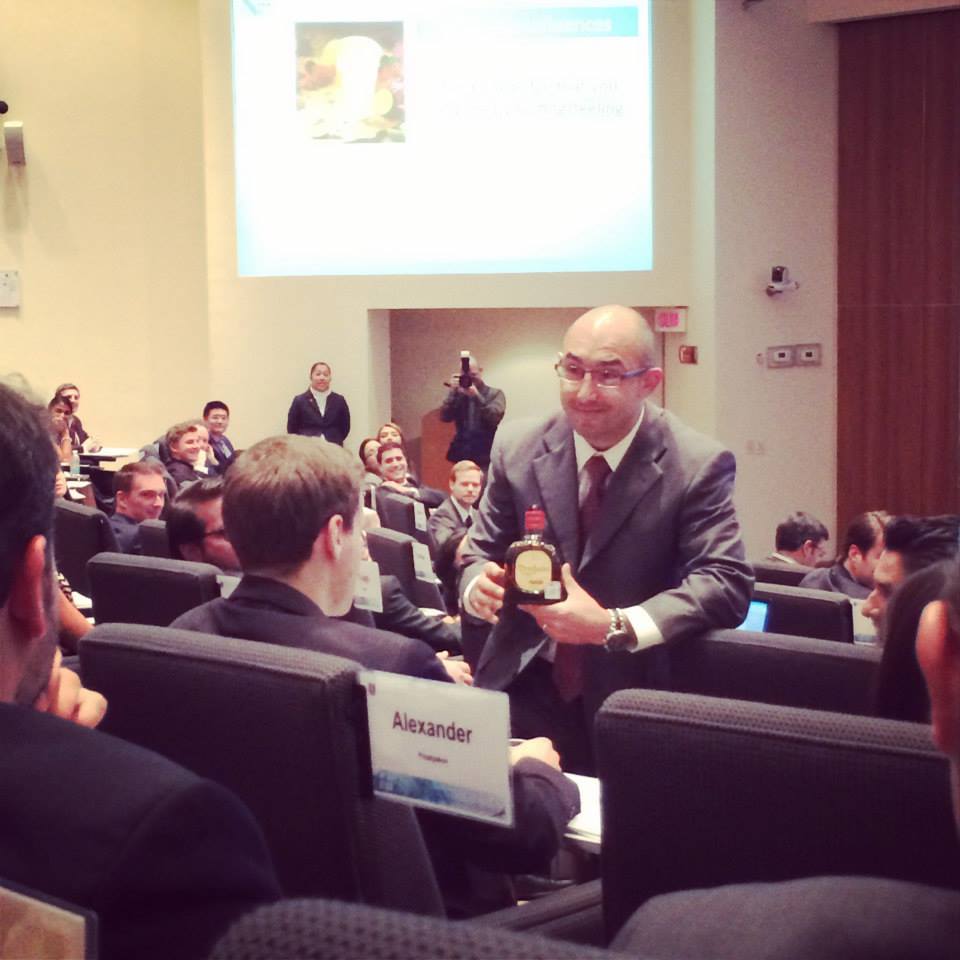
2. Latin America is a market of aspirational consumers.
Emerging markets are attractive because of their size, their fast economic growth, and the opportunities they bring for new consumer products and services. What’s interesting about them is that unlike developed countries where income groups form a more-or-less classic pyramid, in emerging markets, the low-income consumers form a very large and disproportionately heavy base at the bottom, according to Prof. Martha Rivera, head of the Department of Marketing Management at IPADE. This group can be segmented further into three, she said: Low income (making $3-$8/day), subsistence (making $1-$3/day), and extreme poverty (making less than $1/day). Since these consumers have low disposable incomes, they either do not consume at all or are infrequent buyers of products and services. That makes them a relatively untapped market. Therefore, in markets where consumers have at least limited resources, the most successful strategic business innovators have to create products and services that are adaptable to the unique needs of customers, distributors, or both, Rivera said. Distributor channels in developing markets are often fragmented or nonexistent, so basic distribution can be a hurdle. Rivera said companies then have to think of other ways to build awareness since many poor consumers are not reachable by conventional advertising.
But that’s just the base of the pyramid. Keep in mind that in Latin America, there is also a growing workforce, continuing globalization of culture, and a growing demand for transportation, health and communications products, with cars, computers, beauty products and cosmetics, luxury goods, smartphones, real estate and travel among the top categories of products demanded by the upper-middle class and affluent LatAm shopper, she said.
According to Rivera, Latin American consumers value tangible, immediate benefits and sensorial experiences. They are brand loyal, and once they like a product, they are likely to recommend it. They focus on value, efficiency and time-saving (not just cost). Now, more than ever, there is an increased focus on healthier living and sustainability, she said, as nine out of ten consumers feel companies are are to be blamed for environmental problems. Consumers are motivated by concern for their families’ health and a desire to preserve the world for future generations. However, brand loyalty could trump some of these factors, unless a brand works really hard to push the message, Rivera noted.
Finally, with increased access to information, the risk associated with leaving tradition is slowly diminishing, and there is a noticeable rise of individualism.
3. The individual is the protagonist in emerging markets.
As the fifth largest emerging market in the world, there’s a lot Mexico can teach us about how to approach other emerging markets as well. According to Prof. Edmundo Vallejo, a professor in the general management department at IPADE, the financial crisis of 2008 caused developed countries to become skeptical, insecure, and suddenly interested in emerging markets. There was a rebalancing of power and a realization of just how much power certain companies had. Suddenly, large companies and developed countries started to focus on the “smaller” players, leading to a bottom-up approach, he said: that is, putting people first and empowering the individual.
The forces that position the individual to perform as a protagonist are demographics, digital technology, availability of talent, and the role of citizens.
Demographically, from 2008 to 2020, the middle class is expected to grow tremendously. There’s been a huge shift to urbanization, with migration from rural areas to cities. There’s more money in pockets, and an aging population. In fact, 48% of the highest quartile in Mexico now has parents in the lowest quartile, he said. According to him, Eastern Europe, Western Europe, and even China will have a smaller number of young people supporting larger numbers of older adults.
Just as Rivera noted, Vallejo reiterated that spending patterns are shifting too. Whereas 60% of spending in 1995 was on food, clothing and utilities, by 2020, that will reverse, with spending on personal goods, telecom and travel expected to reach 60%.
“Sixty percent of global economic growth will come from demographic dynamics,” Vallejo he emphasized.
Furthermore, emergence of and reliance on digital technology has created an ecosystem built around the individual, with unlimited access to information and the creation of communication bridges “unstoppable.” In fact, we see examples of this in several industries: in personalized medicine with Big Pharma versus biotech companies, in media with the production and distribution of content created by users, in mobile financial services and retail, where individual users are equipped to research and make instantaneous purchasing and banking decisions at the click of a button.
“Global best at full scale is within reach,” Vallejo said. For instance, Mexico’s internet economy contribution to GDP was 4.2% in 2010, expected to be 5.2% this year (2016). Citing research from the Boston Consulting Group, Vallejo said the opportunities from the digital economy will generate 5% growth in global GDP. Plus, there’s that shift towards that untapped “bottom of the pyramid,” that Rivera mentioned; that is, what used to be considered non-consumers could be new consumers, and new companies and products are emerging to target that large bottom of the pyramid better.
4. Shared service centers can create efficiency in a global market.
Lessons learned from the shared services sector in Latin America can be applied at a global scale too, according to Alberto Ibarra of Ernst & Young, who presented to IPADE students on how shared service centers can create cost reduction through key value levers: 1) Process simplification with the purpose of increasing efficiency and effectiveness, and 2) Organizational consolidation.
This service delivery model combines the best practices of the consolidated and decentralized models, Ibarra said. It creates a horizontal organization focused on a customer service culture that utilizes the best practices from across the industry.
Today, processes performed by shared service centers include HR, financial and accounting functions, such as accounts payable, travel and expenses, accounts receivable, and cash applications, but that’s starting to change. Now, even management reporting, supply chain operations, supply/demand planning, tax policy strategy and integration of operational strategy are emerging as shared services. In contrast, reporting and control, decision making, risk management, and authority acceptance and approval are unlikely to become shared services.
“Mexico and Brazil are the most common places where shared service centers have established in the America’s region,” he noted.
The biggest benefit of utilizing shared service centers is most often cost reduction (on average by 25%), followed by improved service. Of course, some core strategic functions should remain at the corporate level, he reminded.
5. We would do well to imitate some of Mexico’s leading companies.
Finally, there’s a lot we can learn from the unique business models of some of Mexico’s leading companies. We were lucky to be able to visit exemplary companies during the one-week program. Most remarkable to me were visits to Interjet and Kidzania.
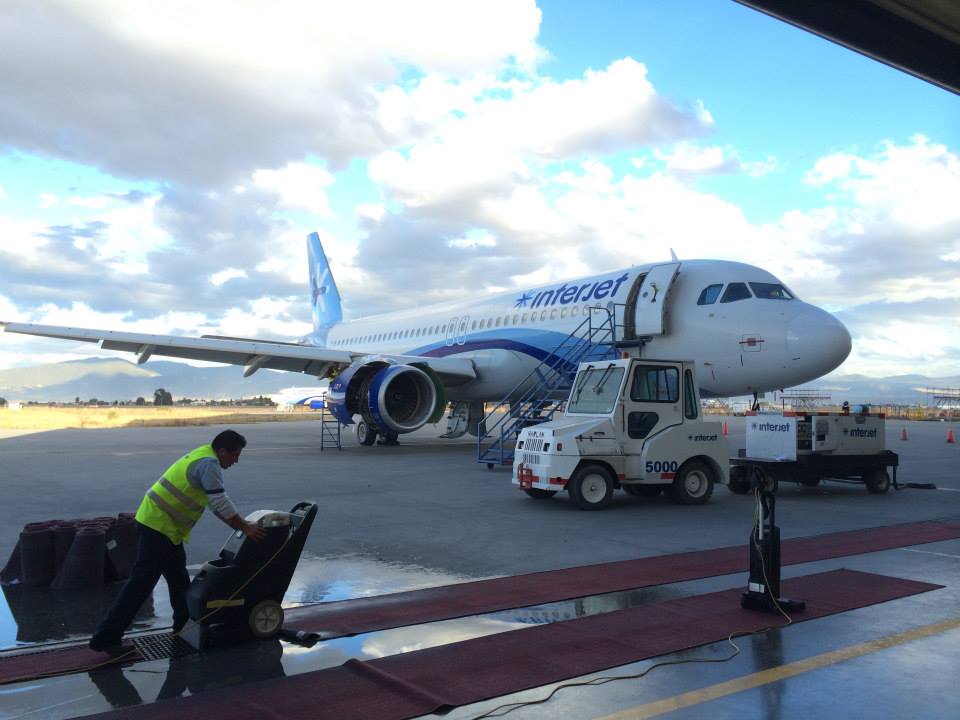
Interjet: Interjet is Mexico’s second-largest airline, with a 25% marketshare, and 35% marketshare on domestic routes. The story of the airline itself was quite interesting. It is highly integrated, so it doesn’t hire third parties for some of its ground, passenger, or maintenance services, according to Benjamin Mejia, safety director for Interjet. This helps it have efficient operations and even turn around planes quickly at airports– in fact, as quickly as 25 minutes, compared to the industry average of 45 minutes!

It’s also known for its high quality of service at an affordable price. Some of my classmates in the program, who had flown the airline, attested to its spacious seating and good service (if requested, they even have special seating for women, according to Mejia).

After his presentation, we took buses to the impressive Interjet maintenance and training facility in Toluca, which is about 1.5 hours from Mexico City. I thought of my dad, a commercial airline expert, as I took photos of the planes at this facility. They allowed some students to ride in the pilot training simulator. This training facility and program has made the company self-sufficient in pilot training— which is key to their strategy of recruiting and retaining top human capital.
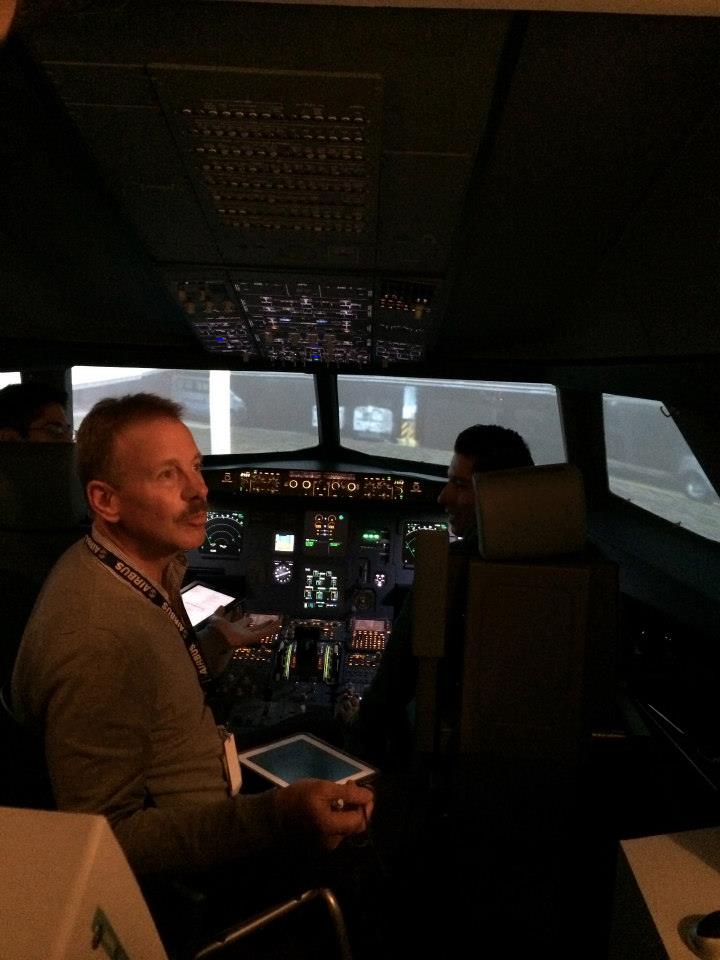
Kidzania: I was most impressed by our visit to this brilliantly designed edumatainment center, which is like a theme park, but more educational. The concept was quite phenomenal, and the Kidzania folks have thought of literally everything.
Essentially this is a center modeled like a mini-city, usually attached to a shopping mall. Parents can drop their kids off for the day there. When kids enter, the entrance is modeled like an airport, as if the kids are are “traveling” to a foreign city. Inside is an entire mini-city where they do activities like adults— all with fake money, from banks to shops, and from police stations to grocery stores and manufacturing centers….even newsrooms (which was cool for me to see)!
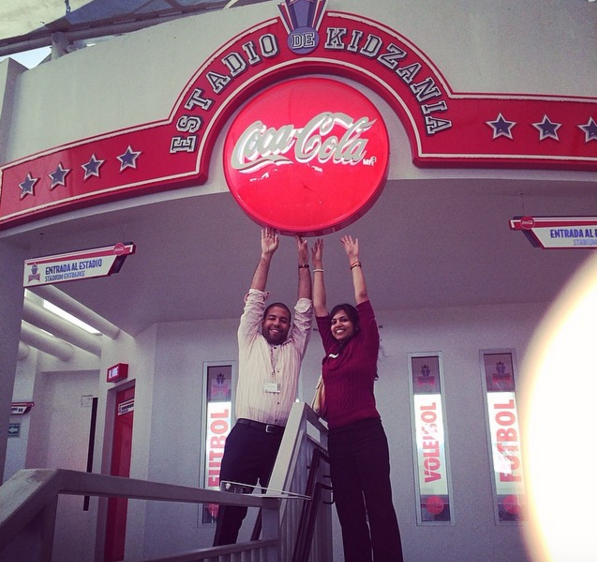
The kids have to pay with fake money to learn a skill, just as young adults in the real world pay to go to college. Then they use the skill to “work” and make money to pay for things like goods and experiences, just like in the real world. The kids can “go to the university” to study a field or even if they choose to “work” in a different field, they only get paid higher in the fake currency if they went to school for that skill. They can deposit money at the bank to earn interest, and there are investment and insurance companies to help them financially.
But the brilliance is that each of the places in the mini-city is sponsored by a real business in the real world. So the bank that the kids go to could be a Santander, etc. Thus these sponsors cover the costs for Kidzania, and the kids are exposed to brands early on and more likely to build loyalty with them (and as we’ve read from above, the LatAm consumers are highly brand loyal). As a rule, they only have one sponsor per category.
And Kidzania centers have grown rapidly into other countries and cities, too, just not in the U.S. yet.
Kidzania claims it’s because they started first and have the first-mover advantage that there hasn’t been anything quite similar in the U.S. They have grown quickly and they have implemented it well, but intellectual property rights can only protect them in a limited capacity. Apparently other players have tried to imitate the model, but haven’t succeeded. Kidzania locations now exist is in India, Japan, Thailand, Indonesia, Brazil, and beyond. Depending on the host country, the sponsor chosen differs to reflect industry leaders in that country.
There’s even an exchange rate so if you go to a Kidzania in Mexico and one in Japan, you need to trade your currency.
One interesting point that the Kidzania team noted was that kids everywhere act the same, except in one aspect: Japan is the only country where kids find the high-paying job, work for it, work at it, and then deposit all of their money in the bank. Unlike the children in other countries, they don’t spend it.
And as kids choose to save or spend in the center’s downstairs, upstairs, there’s adult area with a spa and business center, where kids are not allowed. Here parents can relax or work after having just drop their kids off, and can– if they choose– continue to patronize Kidzania by utilizing their business center or spa services. As for safety, that’s not a concern, since Kidzania is a closed facility with many trained employees, and kids wear bracelets with an electronic chip that tracks their whereabouts, for security, but of course, this can serve as a great way for Kidzania to collect data as well.
Our tour guide at the Kidzania facility, a teenage boy, was visibly happy to be working there, and it was clear he believed in the Kidzania concept. He was so passionate about it, that when I asked him if he went to Kidzania as a kid and how long he’s been working there, he said, “Yeah, I did go to Kidzania as a kid. I’ve been working here nine months now. It’s magical.” Coming from him, it didn’t even sound cheesy. It was like he truly believed in this place, the company and its mission.
Every question that I thought of while we were touring the facility was answered in the presentation that followed by a company exec. They have thought of everything, making sure to balance value for the consumer, sponsors, and their company.
—–
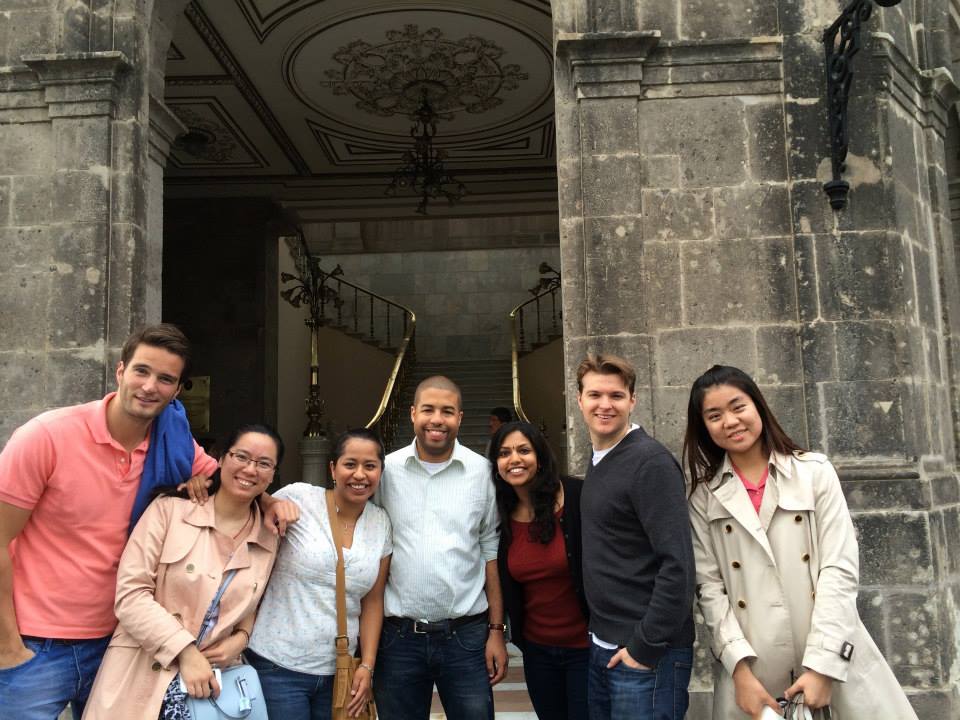
While all of these lecture sessions and site visits were interesting, what I loved most about this one-week program was the diversity of students participating and being able to meet so many people from a number of places– Amsterdam, England, Switzerland, Sudan, Russia, China, you name it. Not only were there a diverse set of universities represented, but the students from each of them were of different ethnicities, professional backgrounds and interests, which added to the versatility of the program. Thanks to IPADE for paving the way for a world of new friendships across a myriad of countries, and for showing us how to approach the rich opportunities Latin America’s emerging markets have to offer.
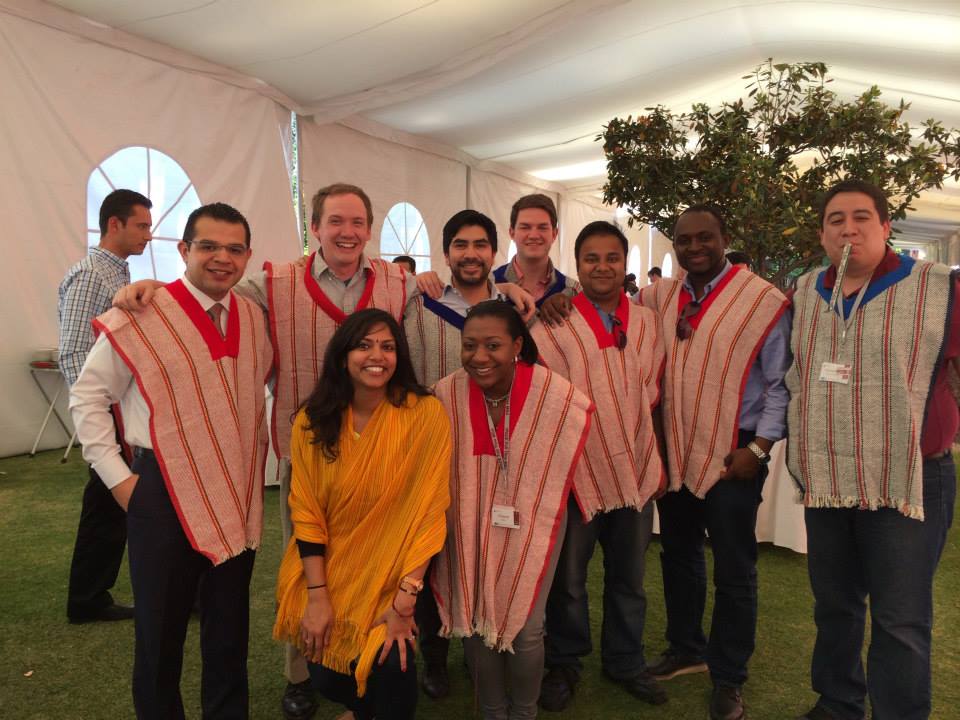
3 Comments
Comments are closed.





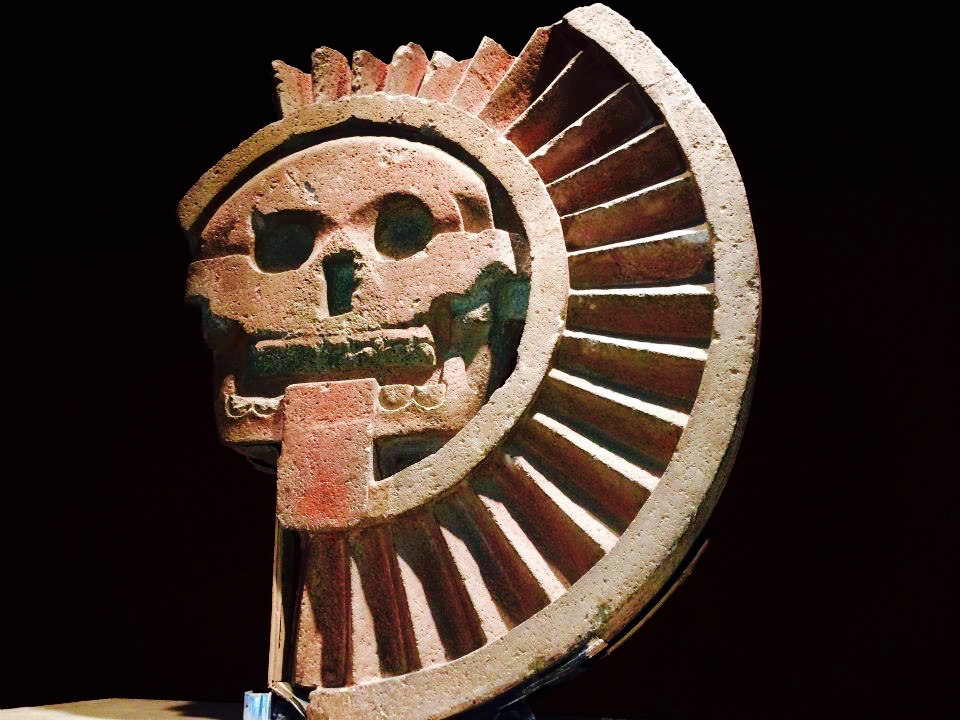






Amazing post Amritha!!!! It has been an honor to read this and of course having the chance to meet such wonderful people like you.
Congrats!
[…] I had the opportunity to visit Mexico City when I did a one-week study program at IPADE business school at Universidad Panamericana as part of my MBA program in spring 2014. The program was set up such that we were kept busy for most of the week through classroom lectures or doing on-site company visits. At the start of the trip, I probably took the program too seriously and was focused on taking notes in preparation for the final team assignment we would have to submit by the end of the week. However, I quickly realized the key to successfully doing business in Mexico was to understand its people and… […]
EXCELENT REVIEW AMRITHA!!!!!
I am so pleased to read your review!
Let us know whenever you are in Mexico again!
Best,
Daniel Chisikovsky